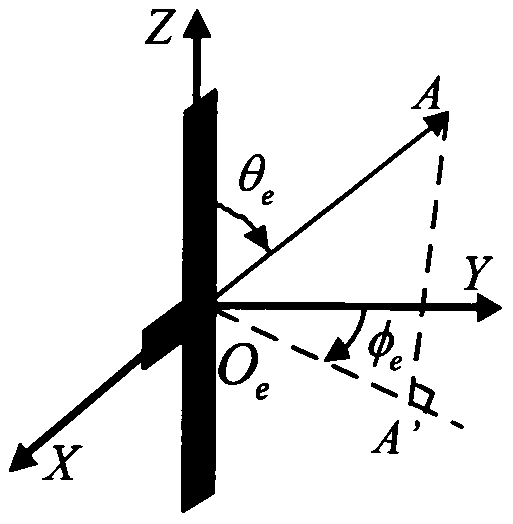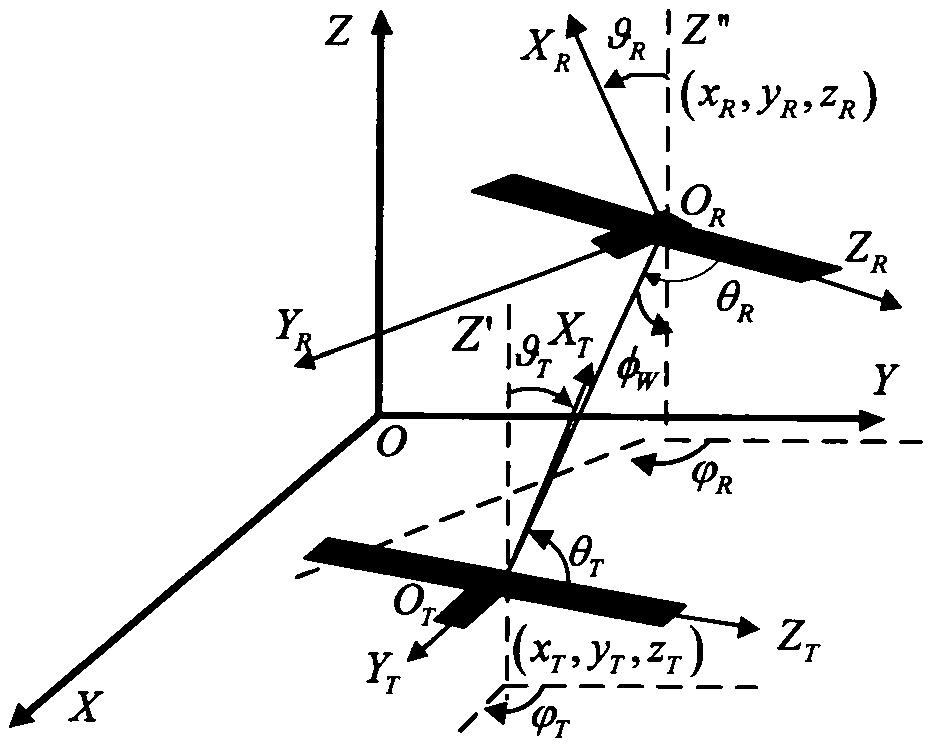A node optimization deployment method suitable for wireless locatable sensor networks
A sensing node and positioning sensing technology, applied in wireless communication, network topology, network planning, etc., can solve the problems of building an energy transmission model, not considering the impact of dynamic charging problems, and node resource planning.
- Summary
- Abstract
- Description
- Claims
- Application Information
AI Technical Summary
Problems solved by technology
Method used
Image
Examples
Embodiment Construction
[0021] First, build a wireless locatable sensor network system based on chargers, sensor nodes, common nodes and service stations, with the goal of reducing the charging deactivation time of the system, improving the positioning accuracy and coverage of the system, and popularizing it based on marketization. According to the classical electromagnetic field theory, the gain estimation model of the dipole antenna in the discrete state is obtained.
[0022] like figure 2 The schematic diagram of the coordinate system of the dipole tag antenna is shown. Assuming that the antenna size satisfies the "half wavelength" condition, its gain estimation model can be described as
[0023]
[0024] Among them, O e Form a ray vector with a point A in space θ e for the Z axis to the ray vector to the angle, φ e is the ray vector After projecting on the XOY plane, the X-axis to the angle of the projection.
[0025] Then, build like Figure 4 In the application scenario of the wi...
PUM
 Login to View More
Login to View More Abstract
Description
Claims
Application Information
 Login to View More
Login to View More - R&D
- Intellectual Property
- Life Sciences
- Materials
- Tech Scout
- Unparalleled Data Quality
- Higher Quality Content
- 60% Fewer Hallucinations
Browse by: Latest US Patents, China's latest patents, Technical Efficacy Thesaurus, Application Domain, Technology Topic, Popular Technical Reports.
© 2025 PatSnap. All rights reserved.Legal|Privacy policy|Modern Slavery Act Transparency Statement|Sitemap|About US| Contact US: help@patsnap.com



